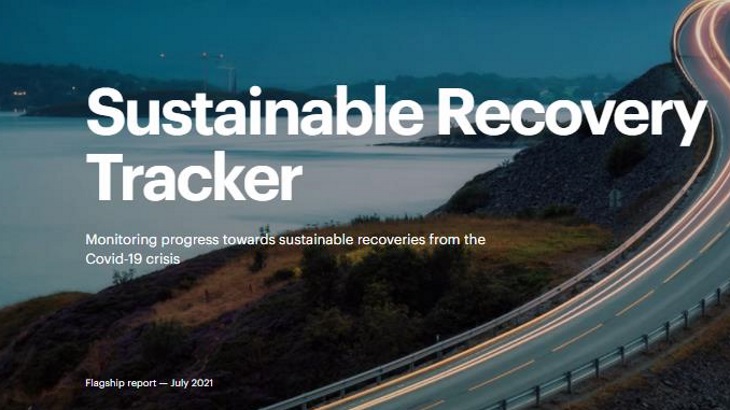The tracker shows that governments worldwide are deploying "an unprecedented amount" of fiscal support aimed at stabilising and rebuilding their economies, but only about 2% of this spending has been allocated to clean energy measures, new IEA analysis shows.
Under current recovery spending plans, global CO2 emissions are set to climb to record levels in 2023 and continue rising in the following years. The IEA said this would leave the world "far from the pathway" to net-zero emissions by 2050 that the Paris-based agency set out in its recent Global Roadmap to Net Zero.
"Since the COVID-19 crisis erupted, many governments may have talked about the importance of building back better for a cleaner future, but many of them are yet to put their money where their mouth is," said Fatih Birol, the IEA's executive director. "Despite increased climate ambitions, the amount of economic recovery funds being spent on clean energy is just a small sliver of the total," he added.
Governments have mobilised USD16 trillion in fiscal support throughout the COVID-19 pandemic, most of it focused on emergency financial relief for households and firms. Only 2% of the total is earmarked for clean energy transitions.
In the early phases of the pandemic, the IEA released its Sustainable Recovery Plan, which recommended USD1 trillion of spending globally on clean energy measures that could feature prominently in recovery plans. According to this plan, which was developed in collaboration with the International Monetary Fund, the spending would boost global economic growth, create millions of jobs and put the world on track to meet the Paris Agreement goals.
According to the tracker, all the key sectors highlighted in the IEA Sustainable Recovery Plan are receiving "inadequate attention" from policy makers, the IEA said. Current government plans would only increase total public and private spending on clean energy to around USD350 billion a year by 2023, which is 35% of what is envisaged in the plan.
The tracker shows the "stark geographic disparities" that are emerging in clean energy investment, it said. The majority of funds are being mobilised in advanced economies, which are nearing 60% of the investment levels envisaged in the Sustainable Recovery Plan. Emerging and developing economies, many of which have limited fiscal leeway, have so far mobilised about 20% of the recommended spending levels.





_18570.jpg)
_16159.jpg)
_49205.jpg)
_18938.jpg)





